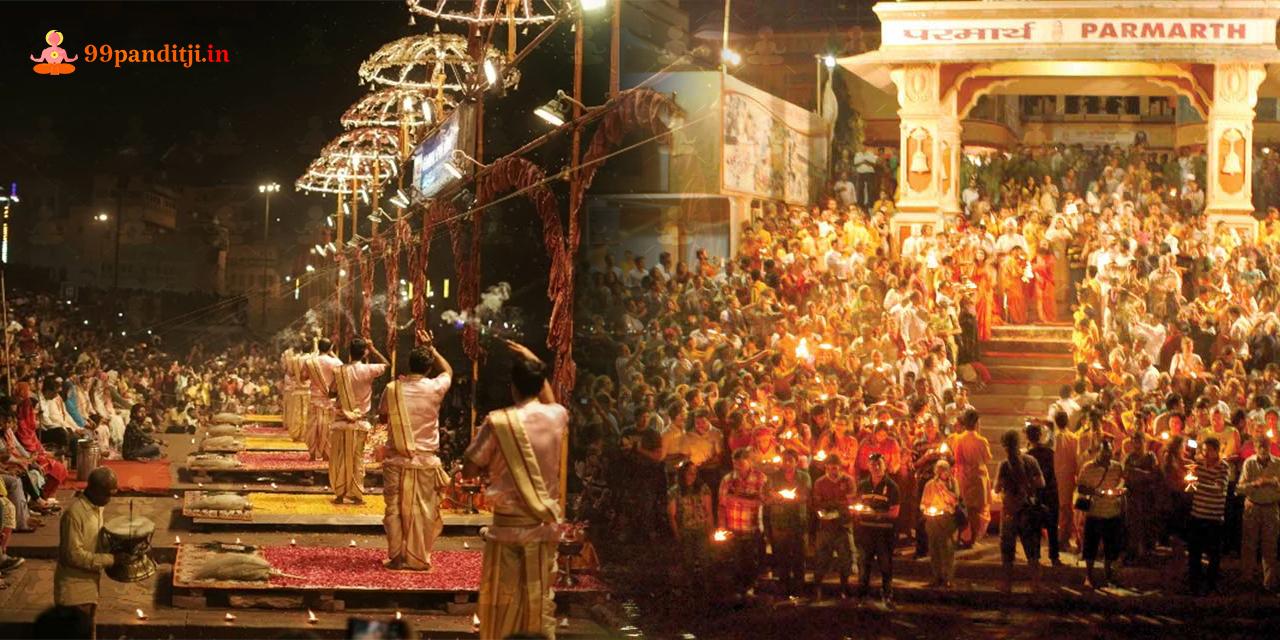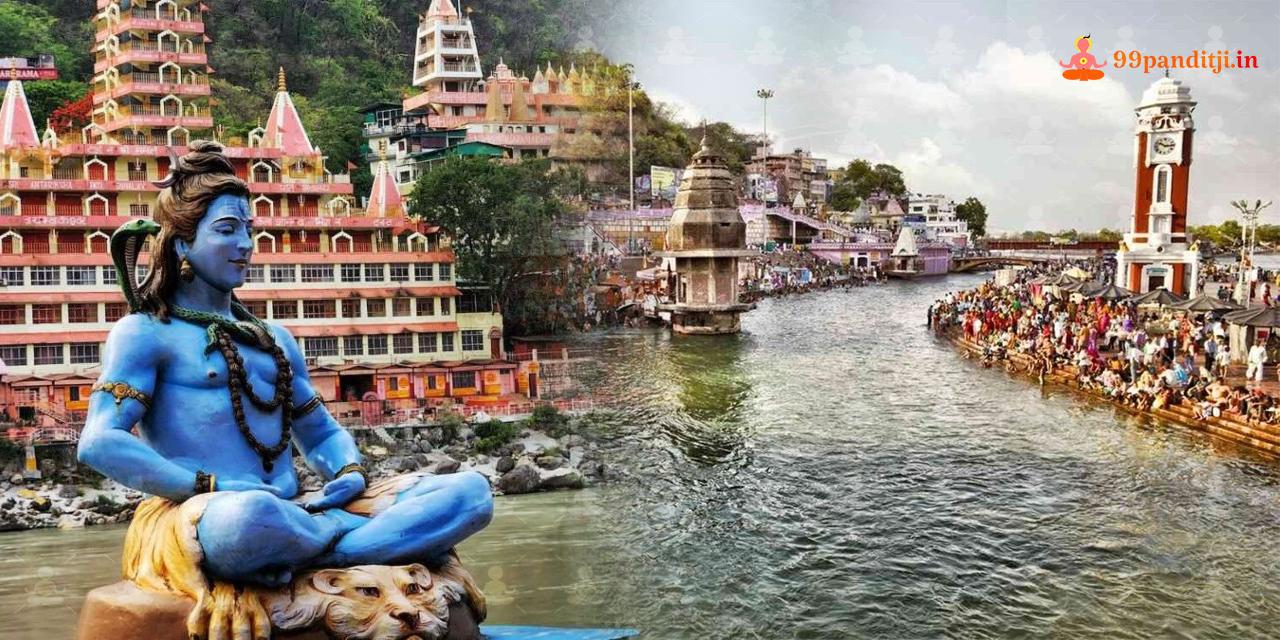Visiting Rishikesh is not complete without seeing the religious Ganga arti and Lakshman jhula here. In the crowded town of Rishikesh, the serene banks of the holy river Ganga are popular for their divine arti. Following the old tradition that attracts visitors around the globe. Ganga arti is a religious custom that worships the river goddess, an integral part of the Rishikesh cultural fabric.
On the other hand, Lakshman jhula, another sight of Rishikesh, is not just a bridge. This is a sign of the region’s rich heritage and spiritual importance. Traversing 450 feet around the river and standing 70 feet above the river, the iconic architecture bridges Tapovan and Jonk villages.

Apart from practical motives, Lakshman jhula provides scenic views and opens the door to many spiritual and adventurous moves. In this post, we will walk you through spiritual practice. Also, revealing the best Ganga Arti experience and Lakshman jhula in Rishikesh, along with trip planning information.
Understanding Ganga Arti in Rishikesh
A spiritual ceremony performed in Rishikesh is Ganga arti to honor the river goddess. The ritual is of immense importance in Hinduism. It is connected to centuries-old customs, organized on a daily basis at many ghats along the Ganga River in Rishikesh.
It shows the reverence and gratitude to the holy river of devotees. The river is known to cleanse the sins and bless the one who comes in contact with its waters. Visit Parmarth Niketan Ashram, which is located next to the sacred Ganges River in Rishikesh, to witness the well-known Ganga Aarti ceremony.
You can visit Triveni Ghat for an aarti, as it is renowned for its aesthetic beauty and spiritual significance. This daily ritual, along with the large and revered aartis at other ghats, offers a profound experience. In order to receive blessings for spiritual advancement and purification, devotees gather to worship Goddess Ganga.
Priests use incense, flowers, and lit lamps to perform elaborate ceremonies during Ganga Aarti. It creates a mystical ambiance full of hymns and religious chants. As the sun goes down, innumerable lamps light up the river, illustrating how people and nature are united wonderfully. As traveling to Uttarakhand, take in the heart-stirring Ganga Aarti, which combines spirituality with scenic marvels.
Historical Significance & Legend of Lakshman Jhula
Lakshman jhula is not only a structural marvel but a bridge connected with history and mythological essence. As per the local legend, Lakshman (younger brother of lord Ram) travels the river Ganga using a jute rope at this place. Hence, mythological engagement adds a bridge to its name and adds a layer of religiousness to its presence.
The original bridge was developed in 1889, first made of jute ropes, and operated as a complex crossing point for devotees and locals. However, due to wear and tear, the bridge was redeveloped with iron cables in 1939. It gives safer and more durable architecture. Presently, the bridge has been straightened with steel threads to guarantee longevity and safety for walkers.
Explore the Ganga Arti at the Divine Land of Rishikesh
1. Ganga arti at Parmarth Niketan Ashram
Parmarth Niketan Ashram, rooted at the banks of the Ganga River, jumbled with devotees and pilgrims to experience Ganga arti. The ashram is a destination where one can achieve and perform Vedic knowledge. Vedic pandits perform the ganga arti as well as the children. Maha arti starts with Vedas chanting along with prayers to Agni, the god of fire.
As said, the fire builds positivity between people and the environment. You can reach the ashram by foot, car, or other means of transport. This is around 500 meters from Ram Jhula and 15km from Haridwar.
Timing — During sunset
Unique features — Mesmerizing customs, soul-stirring mantras, and a serene environment.
2. Ganga arti at Triveni Ghat
To take a holy bath, Triveni Ghat is considered the most revered place in Rishikesh. Many travelers take a dip in the events of Ganga Dussehra, Ekadashi, and Purnima. The place is known for scenic views of sunrise and sunset. In the morning and evening, maha arti is performed by pandits. A lot of people sit on the banks of the river and enjoy the cool air with positivity.
Here, the chanting of bhajans, bell ringing, mantra chanting, and priests holding big fire bowls in their palms mark the beginning of the aarti. Every night, the Ghat illuminates during Maha Aarti. People who bathe in this sacred river cleanse their souls, wash away their sins, and find redemption after death.




